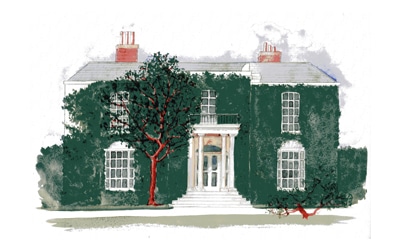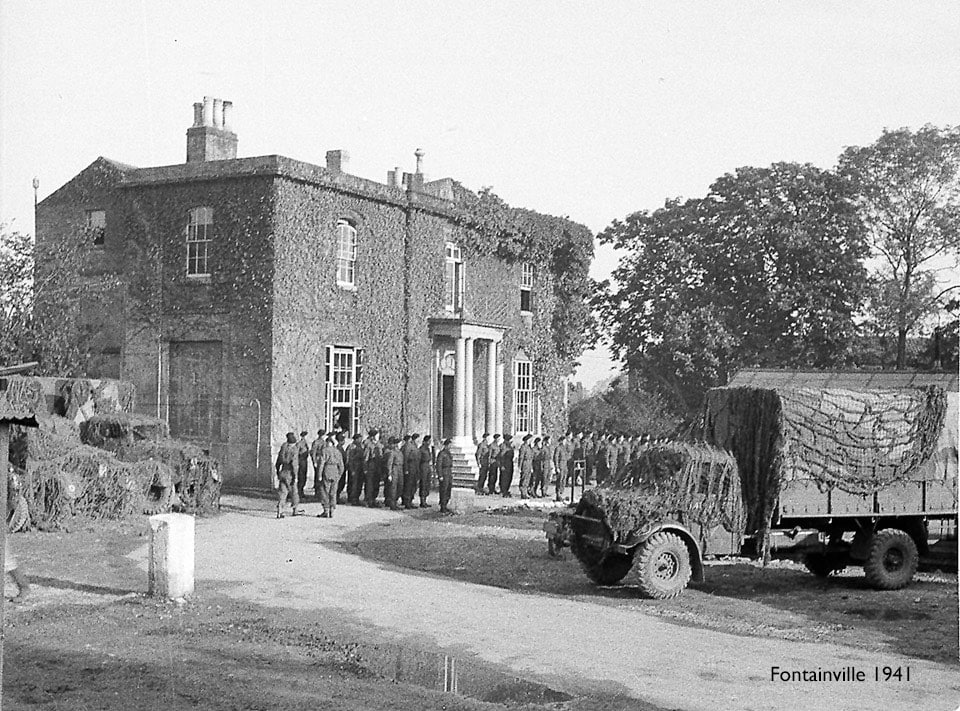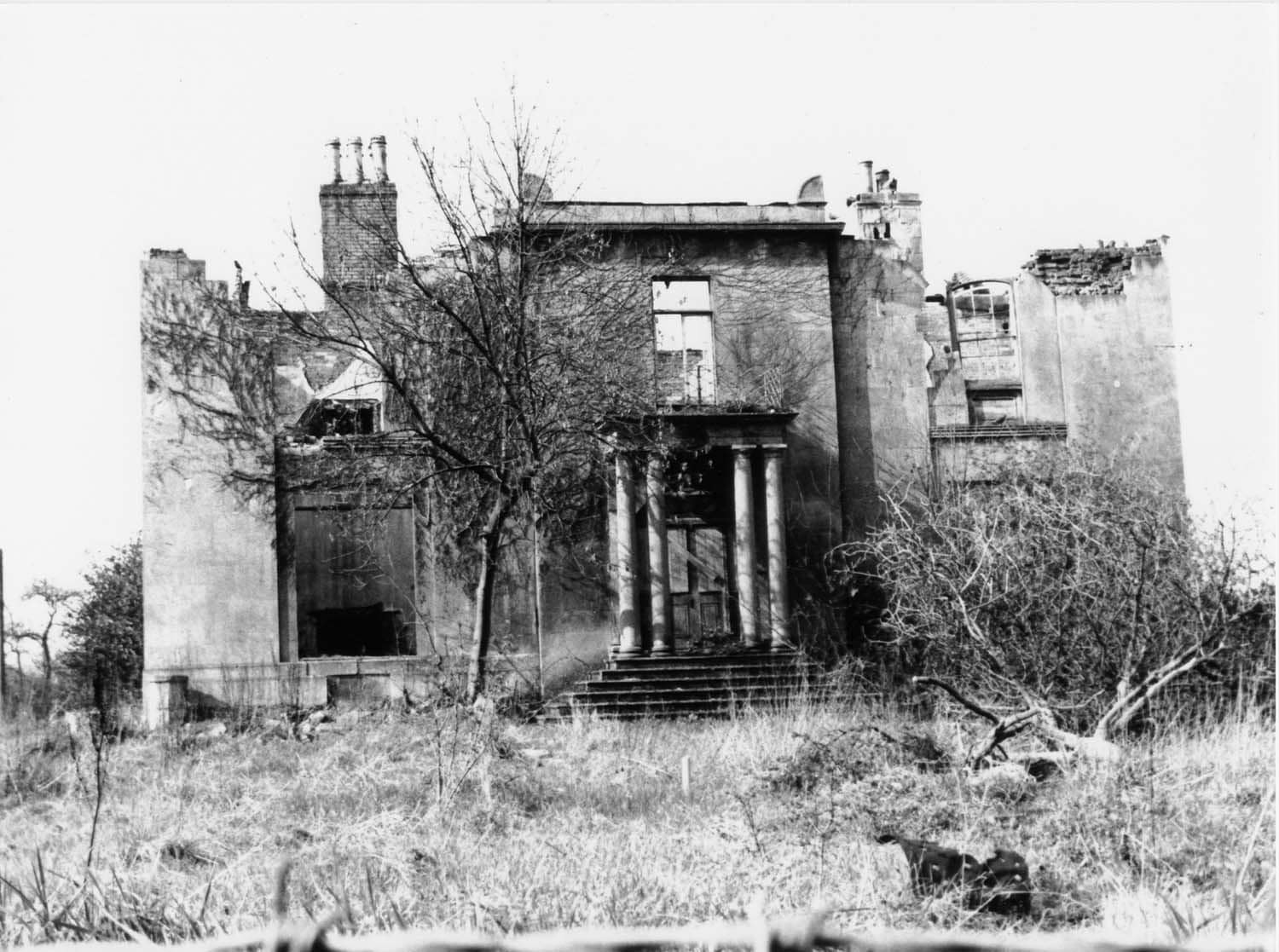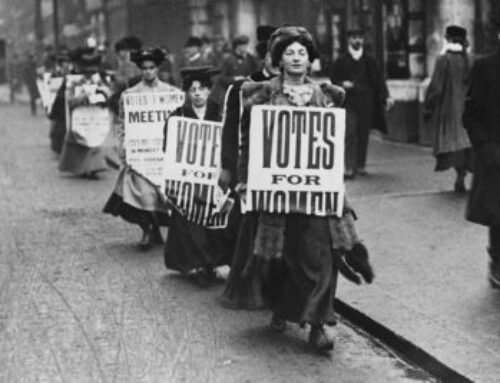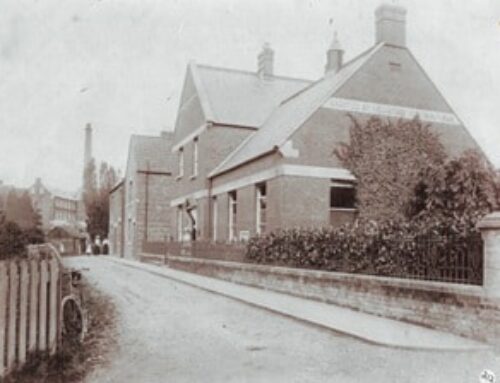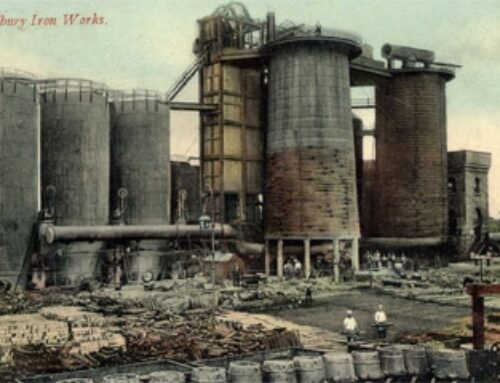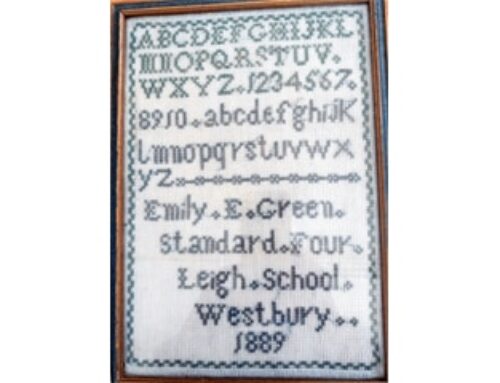By Sally Hendry… Decorating our Christmas trees is a favourite tradition but you might be surprised to learn that Westbury could have been one of the first places in Wiltshire where a tree was decorated for the festive season.
That’s all thanks to James Wilson, the founder of the Economist, and one-time Westbury MP. He lived in Fontainville House, the nineteenth century mansion that used to stand in Edward Street.
James, with his wife Elizabeth and their family moved to Westbury in 1846. The couple had six daughters, and just before Christmas 1850 the two oldest, Eliza and Julia, returned home after two years at school in Germany, bringing the festive traditions along with them.
Decorating Christmas trees was then the well -established custom in Germany and only spread through England in the mid-nineteenth century after Prince Albert introduced the custom to the Royal family.
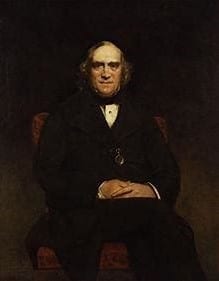
Eliza and Julia had brought decorations from Germany. Their father had a fir tree brought from Wellhead and it was placed in a tub between the two pillars that divided the inner and outer hall in the house. It was decorated with coloured tapers glistening toys and “every conceivable type of bonbon”.
That was not all. Julia constructed a fountain in a grotto in front of the tree. She used cotton wool, silver dust and frosted glass to create the illusion of frost and snow. Sophie wrote that they looked at it with “wonderment and delight” and that that the cistern containing the water for the fountain was mysteriously hidden on an upper level.
Reunited after two years, the family enjoyed a happy Christmas. Julia and Eliza sang and played and Sophie wrote that their father was pleased to have them home. At the start of 1851, Eliza started keeping a diary and recorded how their neighbours were entertained.
On 1st January, the local tradespeople came to tea and viewed the tree. Two days later Mr Atkins, Mr Pyle and Mr Smith were invited to tea and wine. The following day there was children’s party and a grown up tea. The tree was lit up and ornaments were given to the children.
Sophie, who eventually wrote a biography of her father, described how they celebrated that year. She obviously understood that a Christmas tree was new idea as she wrote “Such a thing had never been seen or heard of in Wiltshire, but my sisters contrived to shows its people a splendid specimen”.
James Wilson seems to have been a remarkable man. One of 15 children born to Quaker parents in Hawick, Scotland, he was to become the most respected statistician of his time. In 1843 he established The Economist as a newspaper to campaign for free trade and acted as editor and sole proprietor for 16 years. He served as MP for Westbury from 1847 to 1850, later serving in Palmerston’s government as Paymaster General.
Following the 1857 rebellion in India, he was sent there by Queen Victoria to reorder the country’s financial systems. Arriving in 1859, he imposed an income tax, created a government paper currency and remodelled the whole system of finance. Sadly he died within a year in Calcutta. The inscription on his tombstone says he died “from the combined effects of climate, anxiety and labour within eight months after his arrival in India”. At his burial, flags were unfurled at half-mast and guns were ordered to be fired for 15 minutes from the ramparts of Fort William.
And finally, what of Fontainville – Westbury’s lost mansion? The Wilson family owned the house for almost a decade, moving between London and Westbury. The house at that time was in its prime – built of Bath stone with a Doric porch and a balcony above with wrought-iron rails of lattice pattern. It was fronted with a semi-circular drive and had grounds stretching from Edward Street to West End.
Built around 1816, it was home to several prominent families over the years. Following the Wilson family, it was later occupied by the Jefferies family, owners of one of the town’s gloving companies. In 1907 James Fisher, manager at the Westbury Iron Company was living there. During the Second World War, it was used to accommodate soldiers, including Americans prior to D-Day. By the end of the war, it was a ruin. It was demolished in 1961 to make way for the building of the High Street.
